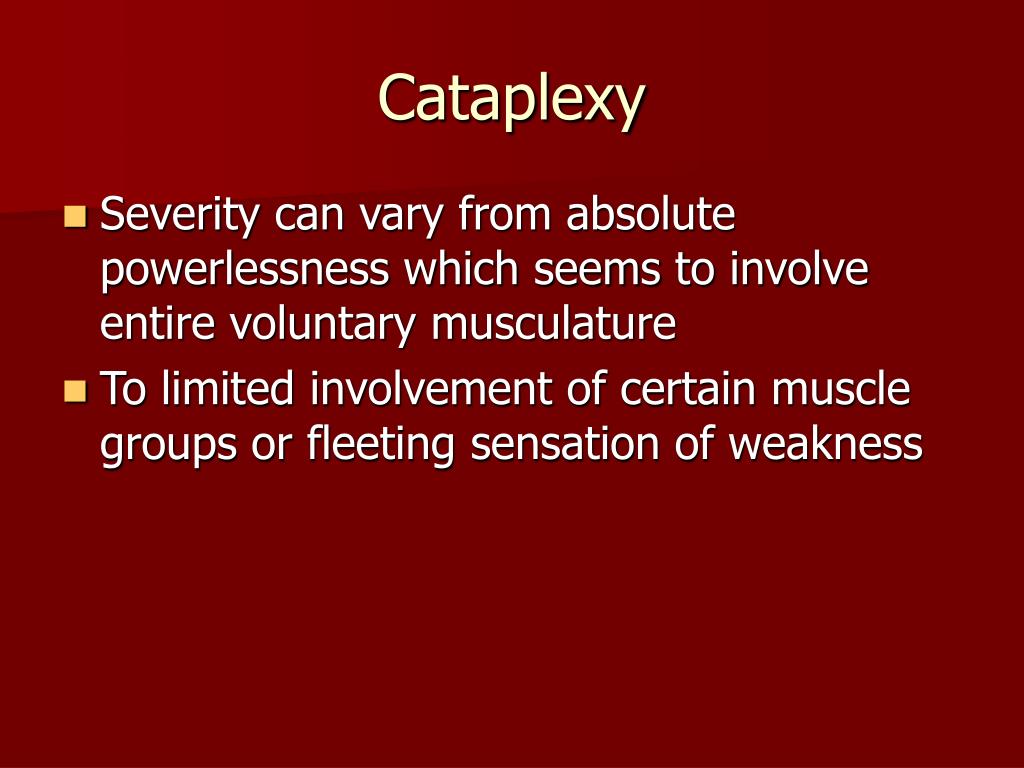

(3) During the nocturnal PSG, the patient should be permitted their habitual amount of sleep, which will usually be more than 6 hours of sleep. If the habitual sleep schedule is a concern, it may be helpful to schedule the MSLT just after 1-2 weeks' vacation to provide an opportunity for adequate sleep on a regular schedule. (2) Sleep logs or preferably actigraphy over 14 days should be performed before the PSG and MSLT to exclude ISS or shift work. Children with Na-2 should receive a more extensive workup for unusual causes of sleepiness (e.g., tumors, metabolic disorders, seizures).
Narcolepsy without cataplexy icd 10 full#
Suggested laboratory parameters include a full iron panel, complete blood count, vitamin B12, and thyroid markers (TSH, T4). (1) In patients with an atypical history or neurological deficits, other causes of narcolepsy-like findings should be considered, and a brain MRI should be performed. ISS, insufficient sleep syndrome (chronic sleep deprivation) CSF, cerebrospinal fluid EDS, excessive daytime sleepiness ESS, Epworth Sleepiness Scale MSL, mean sleep latency MSLT, multiple sleep latency test SOREMP, sleep onset rapid eye movement sleep. Proposed algorithm for the diagnosis of narcolepsy without cataplexy and its differential diagnoses. Insomnia multiple sleep latency test narcolepsy polysomnography. Finally, measurement of hypocretin levels can helpful, as levels are low to intermediate in 10% to 30% of narcolepsy without cataplexy patients.

A short REM sleep latency (≤ 15 minutes) on polysomnography can aid in the diagnosis of narcolepsy without cataplexy, although sensitivity is low. The multiple sleep latency test remains the most important measure, and prior sleep deprivation, shift work, or circadian disorders should be excluded by actigraphy or sleep logs. A detailed clinical history is mainly helpful to rule out other possible causes of chronic sleepiness. To aid in the identification of narcolepsy without cataplexy, we review key indicators of narcolepsy and present a diagnostic algorithm. In this report, we review the clinical and physiological aspects of narcolepsy without cataplexy, the limitations of available diagnostic procedures, and the differential diagnoses, and we propose an approach for more accurate diagnosis of narcolepsy without cataplexy.Ī group of clinician-scientists experienced in narcolepsy reviewed the literature and convened to discuss current diagnostic tools, and to map out directions for research that should lead to a better understanding and more accurate diagnosis of narcolepsy without cataplexy.

The persons who suffer from this condition experience fatigue and may fall asleep at inappropriate times during the day. A sleep disorder characterized by a tendency for excessive sleepiness during the day which occurs even after adequate sleep in the nighttime.The pathophysiology of this disorder includes sleep-onset rapid eye movement (rem) sleep, which normally follows stage iii or iv sleep. Cataplexy sleep paralysis, and hypnagogic hallucinations frequently accompany narcolepsy.

A condition characterized by recurrent episodes of daytime somnolence and lapses in consciousness (microsomnias) that may be associated with automatic behaviors and amnesia.


 0 kommentar(er)
0 kommentar(er)
